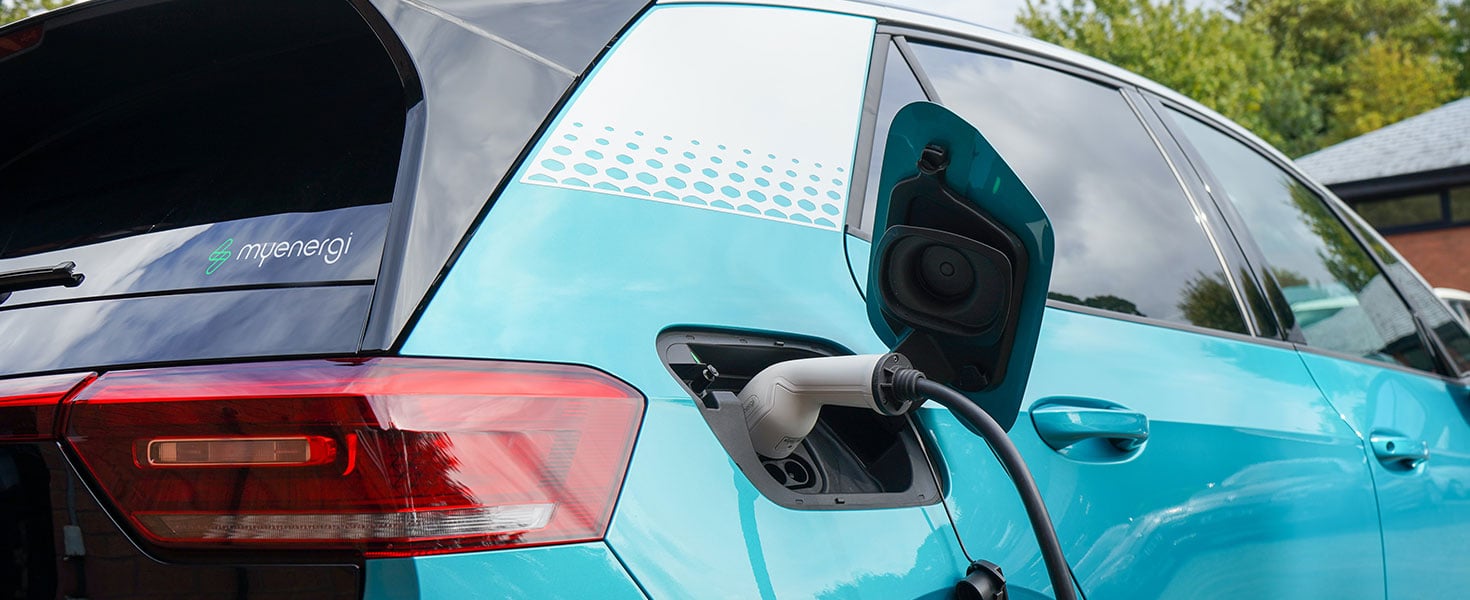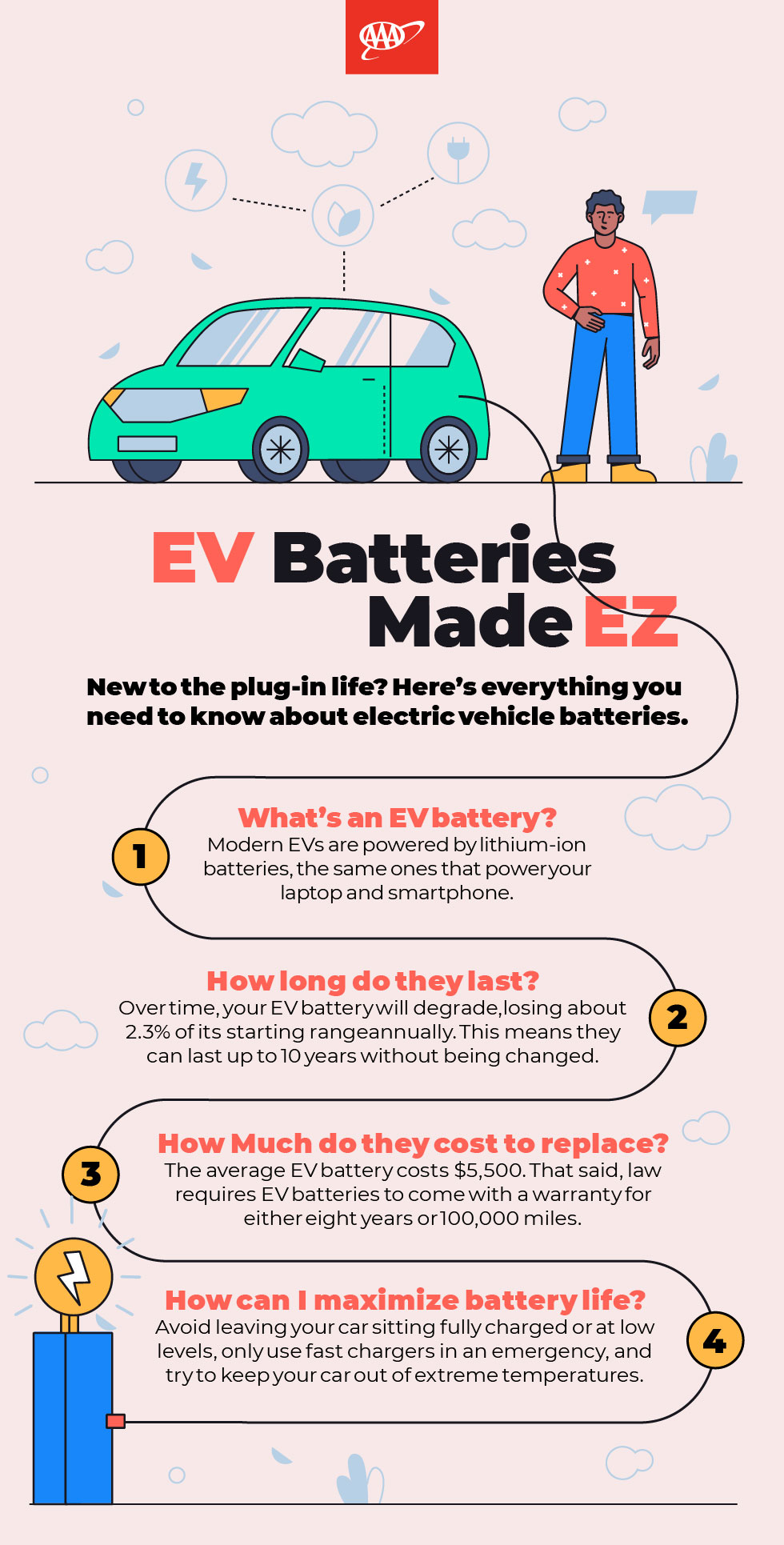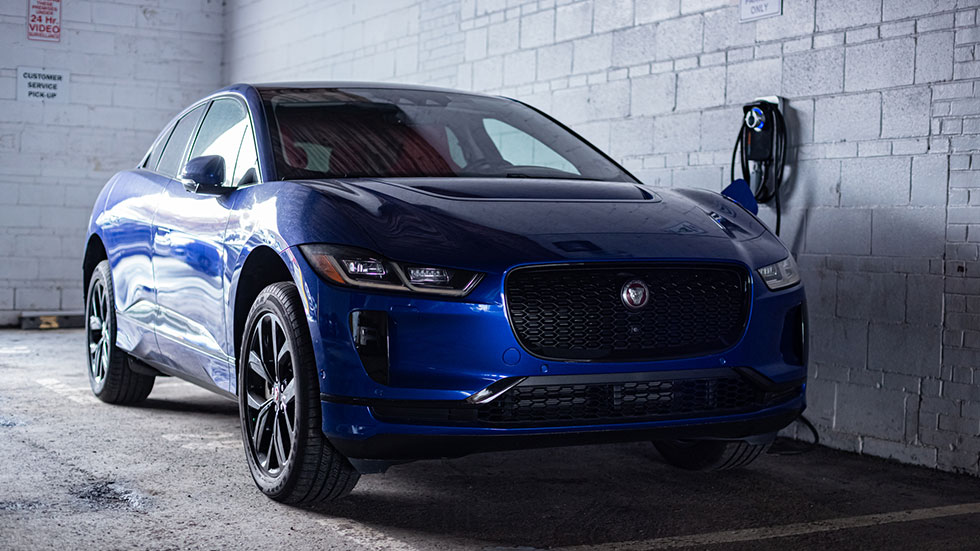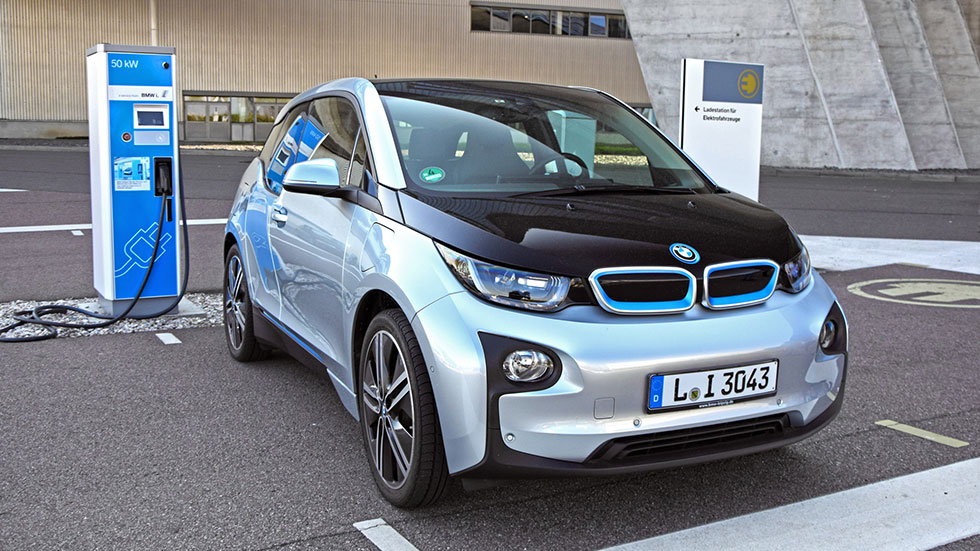HOW LONG DOES IT TAKE TO CHARGE AN ELECTRIC VEHICLE?
Different battery sizes and their charging capabilities

You might know how much it costs to charge an electric vehicle, but what about the time it takes to fully charge? And what’s the difference between Level 1, Level 2, and DC Fast Charging? If you’re about to buy an electric car, here’s a rundown of charging technology and how it works.

WHAT YOU SHOULD KNOW ABOUT ELECTRIC VEHICLE CHARGING
In many ways, owning an electric vehicle is like owning a phone. Charge it at night so you can use it during the day; if you need extra power, you can plug it in for a quick boost. However, the charging speed will depend on the vehicle’s compatibility and the type of charger you’re using. The battery capacity will also determine how long it takes to reach a full charge.
While electric vehicles make up only a small percentage of new car sales, the category is becoming increasingly popular as battery technology improves. And more EVs on the road means more money invested in the country’s charging infrastructure. As of this writing, there are over 40,000 public charging stations in the U.S. That’s roughly a quarter of the number of existing gas stations, and more are being built each year.

HOW FAST IS LEVEL 1 CHARGING?
A Level 1 Charger works using the same standard AC outlet you’d find at home. The equipment is effectively a long power cable that connects from the wall to your vehicle. No special installation is required. All new electric vehicles sold today include a Level 1 charger. It’s also portable, which can be helpful when no other options are available. However, it can also be a test of patience.
You can expect your vehicle to recover 2 to 5 miles for every hour it’s connected to a Level 1 charger. If you plug in when you get home and charge your vehicle for 12 hours, you can drive up to 60 miles the next morning. That’s more than enough for the average roundtrip commute. So, while it isn’t exactly fast, a Level 1 charger can suit many lifestyles just fine.
If you need to charge an electric vehicle from empty to full, Level 1 charging may be challenging to work into your schedule. An EV with a 250-mile range will take 50 hours to recharge in a best-case scenario, so you may want to plan ahead for long drives. The good news is you probably won’t run into a Level 1 public charging station, as they make up fewer than 5% of public outlets.

HOW FAST IS LEVEL 2 CHARGING?
Need something faster? Step up to a Level 2 Charger, the most common charging equipment you can find today. For home use, you’ll need to purchase a charger separately and get it professionally installed. This will add additional costs, although Chevrolet recently announced it will cover your installation with the purchase or lease of the new Chevy Bolt.
Level 2 charging equipment can provide your vehicle with 10 to 20 miles of range for every hour of charging. That’s up to four times faster than its entry-level counterpart and provides more flexibility when life gets unpredictable. This type of charging can also be found in over 80% of public outlets, ready to provide a helpful boost to your battery while you’re at work or at dinner.
A 250-mile range EV with an empty battery can be fully charged in 12.5 hours, assuming it reaches the full speed of Level 2 charging. This makes it more feasible for longer trips, if there’s a charger at your destination. All new EVs sold today are compatible with Level 2 charging, as it uses the same charging port layout as Level 1.
HOW FAST IS DC FAST CHARGING?
Looking for the fastest charging speed possible? DC Fast Charging can provide even more power relatively quickly. By converting AC power into DC power before it enters the vehicle, these stations can charge dramatically faster. Because they use significantly more energy, this form of charging can only be found in public stations for the time being.
DC Fast Charging offers a huge leap compared to Level 1 and Level 2 charging, providing 60 to 80 miles of range for every 20 minutes of charging. Most compatible vehicles can go from 20% to 80% in less than an hour, with the initial and remaining capacity charging more slowly. Limiting DC Fast Charging to 80% helps prevent the battery from quickly degrading, and generally provides enough range to get you to your next stop.
Many older EVs don’t support DC Fast Charging, which you should keep in mind if you’re looking to buy a used electric car. But there’s a good chance that the latest models on sale today will be compatible with this latest standard.

WHAT ABOUT TESLA SUPERCHARGES?
The Tesla Supercharger network is comprised of DC Fast Charging stations designed for Tesla vehicles. The most recent iteration can recharge up to 75 miles in five minutes, or 1,000 miles an hour. Vehicles from other automakers are currently not compatible with these stations, but Supercharger technology does provide a glimpse into the bright future of EV charging.
DOES TEMPERATURE AFFECT CHARGING SPEED?
Batteries are sensitive to extreme temperatures—specifically, cold weather. An electric vehicle driven in these conditions will charge slower than usual, and may also have less range. Technology is improving to address these issues, but for now, we recommend being mindful during winter months.
OTHER FACTORS TO CONSIDER
Beyond that, every electric vehicle is engineered differently with various battery sizes and charging capabilities. That means that the time it takes to charge will vary, especially when it comes to DC Fast Charging. If you want to know exactly how long a specific EV takes to charge, check out the automaker’s website or ask your local dealership.
This content was created in partnership with TrueCar.
